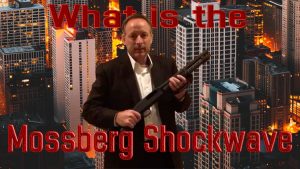Ensuring that you have the right attorney handling your claim and representing your interests is critically important. At Tilem & Associates, our seasoned team of New York gun crime lawyers has handled countless matters involving criminal investigations and prosecutions. This means we not only feel confident in the courtroom but also understand the many different procedural and substantive aspects of your matter. As a recent New York appellate opinion demonstrates, it is essential to ensure that you have addressed all potential procedural issues as soon as possible.
The background of the case is as follows. The defendant brandished a firearm in front of a friend that was secured in his waistband and threatened to use it on another individual. He then went to a park, where he was seen near a specific individual. The police arrived, and the defendant and the individual fled in separate directions. Multiple witnesses testified to seeing defendant throw the gun, which was later located by the police. The police also found drugs, which the other individual admitted to owning. The defendant was charged with criminal possession of a weapon and resisting arrest. The other individual was charged with drug possession.
A public defender was assigned to the defendant’s claim. Roughly eight months later, the prosecution provided evidence showing that another public defender represented the other individual on his criminal charges stemming from this same set of facts. The attorney for the defendant stated that he intended to use the other individual as a potential witness for the defense before he learned about the potential conflict of interest. The defendant indicated that he wanted the public defender to continue representing him even though the attorney indicated that it may not be ethical for him to do so because another attorney in his office represented the other individual.
 New York Criminal Attorney Blog
New York Criminal Attorney Blog


